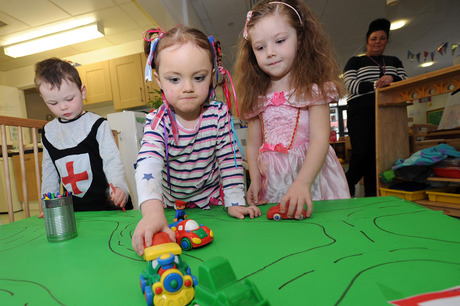up to providers how they channel the funding. Charlotte Goddard looks at
what settings should be thinking about

The Early Years Pupil Premium (EYPP) is extra funding that aims to improve outcomes for disadvantaged threeand four-year-olds who are receiving the free entitlement to early education. Children who meet the criteria, which includes those whose families are on benefits, looked-after children and children whose parents are in the armed forces, will be eligible for an extra 53p per hour, up to £302.10 per year.
The funding kicks off in April, although seven trial areas have been able to access it since the beginning of the year. The funding is not ringfenced, but providers must be able to show Ofsted how they are tracking whether the funding is improving a child's outcomes, as well as providing evidence on any impact already achieved.
Register now to continue reading
Thank you for visiting Nursery World and making use of our archive of more than 35,000 expert features, subject guides, case studies and policy updates. Why not register today and enjoy the following great benefits:
What's included
-
Free access to 4 subscriber-only articles per month
-
Unlimited access to news and opinion
-
Email newsletter providing activity ideas, best practice and breaking news
Already have an account? Sign in here









